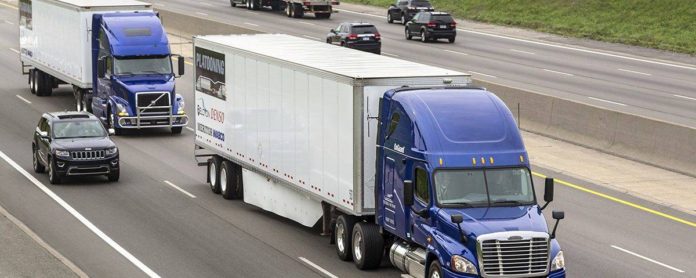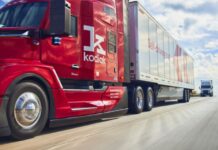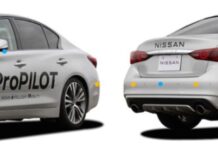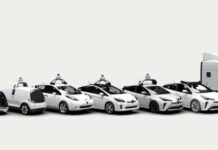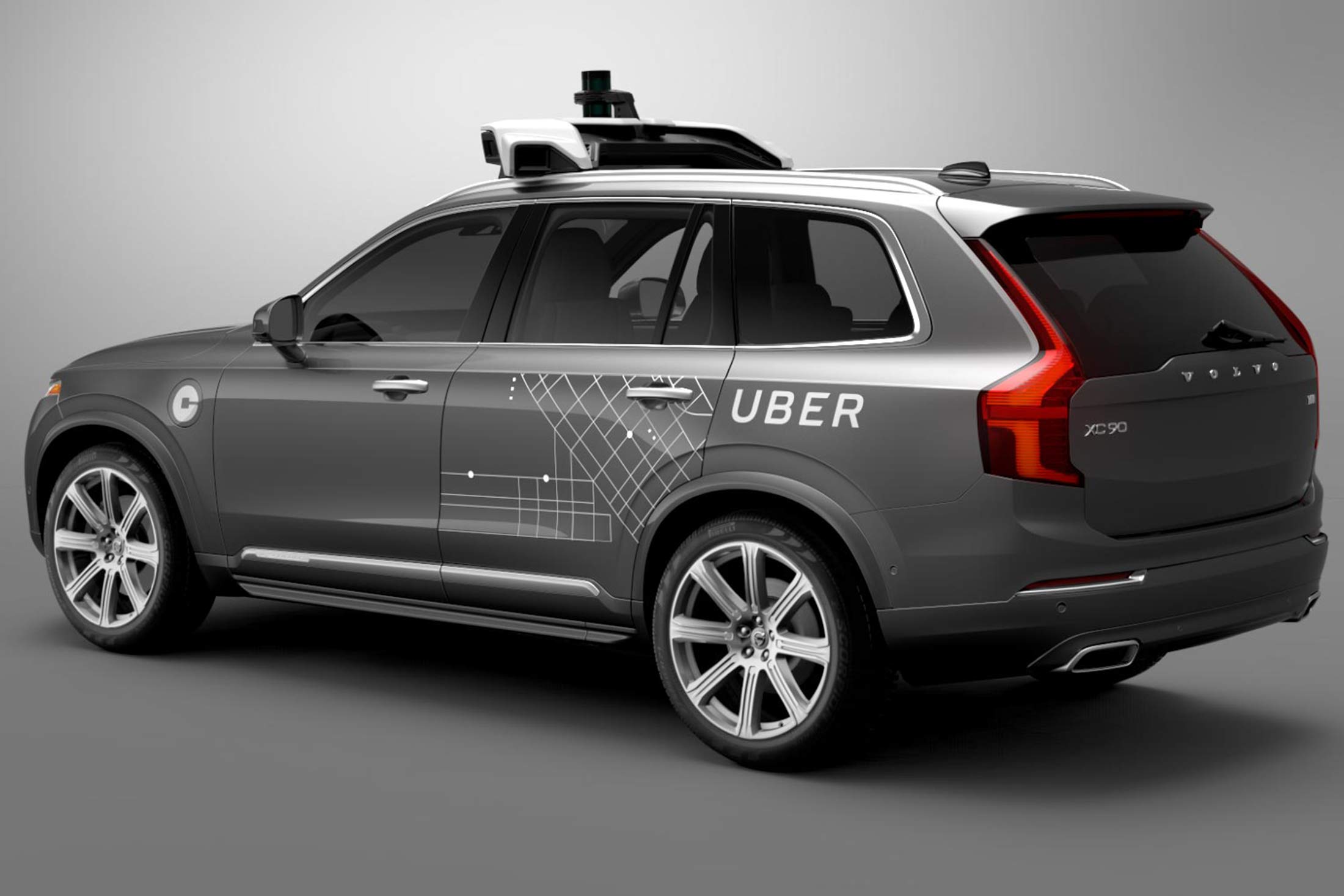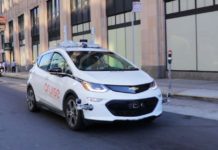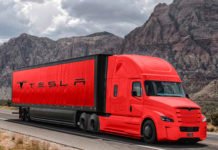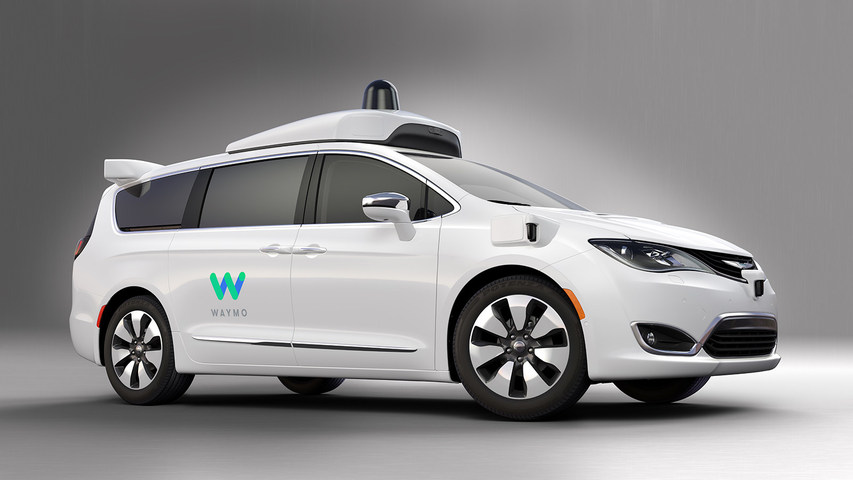A law that would, for the first time, create a federal regulatory framework for autonomous vehicles is speeding down the legislative highway. Unfortunately, thanks to the intervention of special interests, it might not include heavy semi-trucks (or tractor-trailers, or big-rigs, or 18-wheelers, or lorries, or whatever you call them).
The House got the ball rolling early last month by passing the SELF DRIVE Act, which enables the continued testing and development of autonomous-vehicle technology. More recently, attention has turned to the Senate, where the Senate Commerce Committee on Oct. 4 cleared the similar AV START Act – compromise legislation brokered by Sens. John Thune, R-S.D., and Gary Peters, D-Mich.
If passed by the full Senate, the legislation would accomplish two primary goals. It would clearly delineate between the roles of federal and state regulators, thus serving to avoid uncertainty and overlap. It also would loosen the rules around exemptions that can be granted from Federal Motor Vehicle Safety Standards. This would allow tech companies and auto manufacturers to start testing and deploying autonomous vehicles in larger numbers, after proving to the National Highway Traffic Safety Administration they are just as safe as traditional motor vehicles.
All of this is eminently sensible, which makes it so concerning that big rigs will be excluded from this new framework. Trucks look to be the first viable commercial application of autonomous technology. If the U.S. doesn’t take the lead in this area, other countries are eager to pick up the slack.
Labor unions such as the Teamsters have been the driving force behind the exclusion of trucks from the framework, arguing that the technology’s deployment will result in heavy job losses. Unions have heavily pressured Peters and other members of the Senate Commerce Committee for months, making the omission of large trucks a key part of support for the legislation.
This is part of a larger concern over the effect that new technologies and automation can have on jobs, which is not an anxiety that can be brushed away easily. Trucking plays an important role as a source of income for 3.5 million Americans, and it’s worth acknowledging that technological transitions often can be very difficult for the workers who must find new ways to support their families.
That doesn’t mean the answer is to delay autonomous trucks.
It’s important to note that the transition won’t happen overnight. While trucks are one of the most practical applications for autonomous technology, it’s still going to be many years before we see fleets of fully driverless trucks barreling down our highways.
In the meantime, automation may look more like driver assistance technology. Trucks would be enabled to drive themselves on well-mapped highways while the driver rests or manages logistics, and the driver would take over in more complicated road environments. A partnership like this could be a major boost to truckers’ productivity and even boost wages in the short term.
More importantly, this could be a major boon to safety both for truckers and for the general public. “Truck driver” has consistently been labeled one of the deadliest jobs by the Bureau of Labor Statistics, and 3,852 people died in large truck crashes in 2015. Because 94 percent of auto accidents are due to human error, every day that we delay these potentially lifesaving innovations from our roads is costly.
Over the long haul, the transition to full autonomy may not be as painful as some imagine, given the profession’s demographics. According to a 2016 report from the training school Driver Solutions, the industry actually is suffering a driver shortage of about 100,000 workers. Moreover, the average age of a truck driver is currently 49. By the time we are finally capable of building and operating autonomous trucks that need no human input, a majority of existing drivers could be getting ready for retirement.
For those who are displaced by technology, there are ways to ease the transition. Congress could look to expand the Earned Income Tax Credit, make work benefits more portable, institute occupational licensing reform, and maybe even a form of technology-adjustment assistance. But halting the development of a new technology that could produce profound public health benefits, all to try to prevent hypothetical job loss, would not be a legitimate use of state power.
We’ve survived many waves of technological innovation before. At one point, 50 percent of the workforce was employed in agriculture; today, it’s less than 2 percent. These transitions have come with growing pains. Yet, the miracles of modern technology have made our world wealthier, healthier, and more free.
Autonomous trucking is no exception. It would be a mistake to exclude it from the current legislation in a perverse attempt to delay a safer future.



